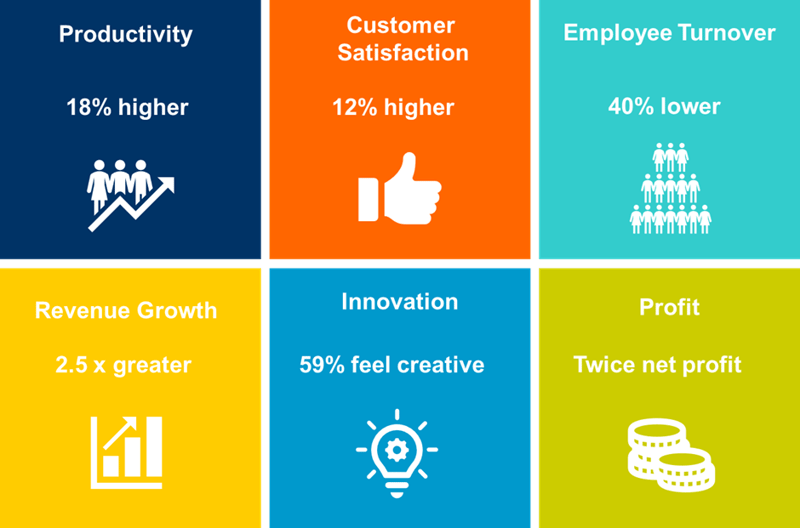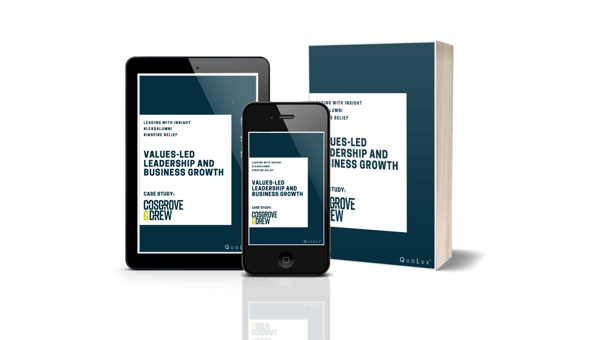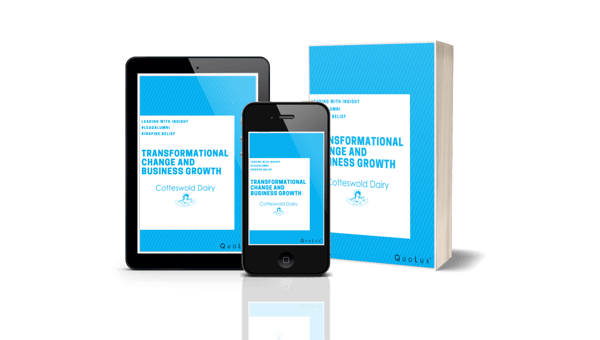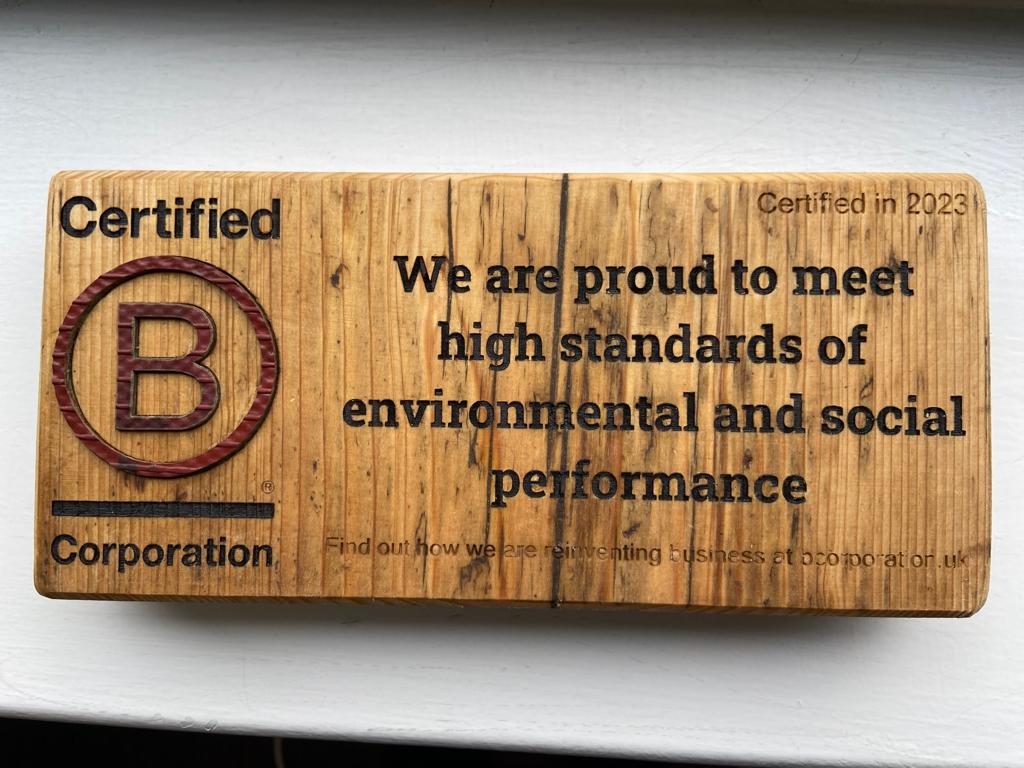Change is constantly rippling through our political systems, financial markets and society. So how can businesses focus on the priorities, principles and practical steps that deliver positive change in uncertain times?
As individual business leaders we can’t influence the world stage, but we can and must respond to the impacts of change, then proactively lead change in the context of our own companies.
Clear vision
Setting out a clear business strategy based on marketing planning – where you should compete in order to gain (and sustain) competitive advantage – is critical.
In order to formulate a strategy that will deliver significant and lasting impacts, leaders first must understand where sales and profits come from, segment their market, build strategies for the segments they choose to compete in, then align their operations to deliver the value that customers seek. Effective leaders do this consistently over a period of time. When markets are changing at pace, it may be necessary to refresh this process more frequently.

Finding your focus is crucial but it’s not an end in itself. What requires real concentration is the relentless follow through and even the most accomplished business strategists can’t take on that role alone.
Creating a strong team around you and equipping them to lead their departments towards a simply articulated vision, through a clear business strategy, is vital.
If you’d like to download our case study on Bristol-based Cosgrove & Drew, which includes how they set about creating a business plan for strategic and sustainable growth over the next 5 years, please click on the image below:
Keeping your people engaged
Leadership holds the key to developing truly engaged employees. Research shows that firms with highly engaged workforces are 18% more productive than those with low engagement.

Source: Engage for Success
But when the world around us is in flux, a climate of uncertainty can penetrate the workplace. Employees may be concerned about job security, perhaps their targets feel impossible to attain in the current market, or they may feel burdened by unknown impacts on the supply chain.
Keeping your people engaged and focused on the goals of the business requires strong leadership and effective communication. The ‘change curve’ is a useful model for understanding people’s emotional response to change; by adjusting tone and messages, leaders can bring their team through the highs and lows.
Reminding people of the business’s strengths and your clear strategy can help staff to focus on their role and what everyone is working towards. Look out for the positive, open-minded and most loyal individuals; encourage them and their positivity will ripple through the majority, drowning out the moaners. Remember to celebrate successes and recognise people’s contributions.
If you’d like to read more about radical employee engagement, please click here to see what LEAD™ Alumni, Gloucester-based Forge Motorsport are doing.
Opportunities for innovation
An engaged workforce isn’t only more productive, research shows that innovation grows too. In fact, 59% of engaged employees said that their job brings out their most creative ideas, against just 3% of those less engaged.
Consider the strategies and systems you could introduce – or strengthen – to establish an innovative culture, where adapting to future changes in markets or regulations becomes part of your DNA.
Recognise, acknowledge and share the initiatives that colleagues put forward, whether that’s a great idea for a hot new lead, how to make a small improvement to a best-selling product, or research on a potential new market to exploit.
If you’d like to download our case study on Gloucestershire-based Cotteswold Dairy on the transformational change in the business over the last few years, please click on the image below:
In or out?
As a leader, it’s necessary to continuously switch focus between the big picture and the close detail; looking ‘in’ to our businesses and ‘out’ to the markets; through the microscope or from the helicopter. It’s important to get the details right; to understand what’s happening on the factory floor or customer service desk, what’s impacting productivity or influencing the order book.
But spend too long looking through the microscope and when you lift your head your goals could be further out of sight; you risk strategic drift. It takes practice to become comfortable switching to and fro, but this is exactly what we see so many leaders achieving on our programs.
If you'd like to find out more about how we can help you, please take a moment to look at our brochure by clicking here.
|
If you would like to understand more about leadership, please have a look at our LEAD™ program for owner-managers, directors and senior managers, or get in touch with Jo Draper here. Our next LEAD™ program starts in November. Don't miss out! |






